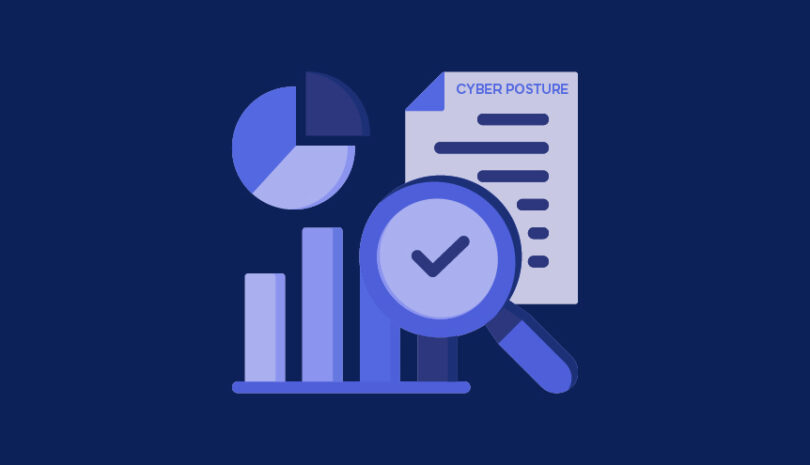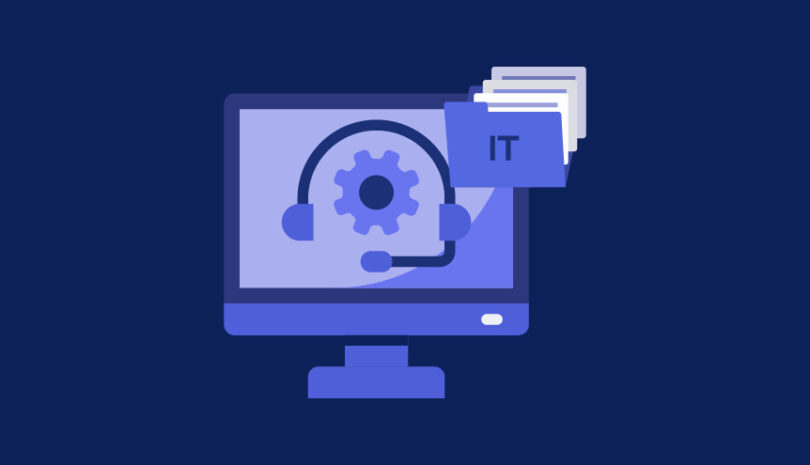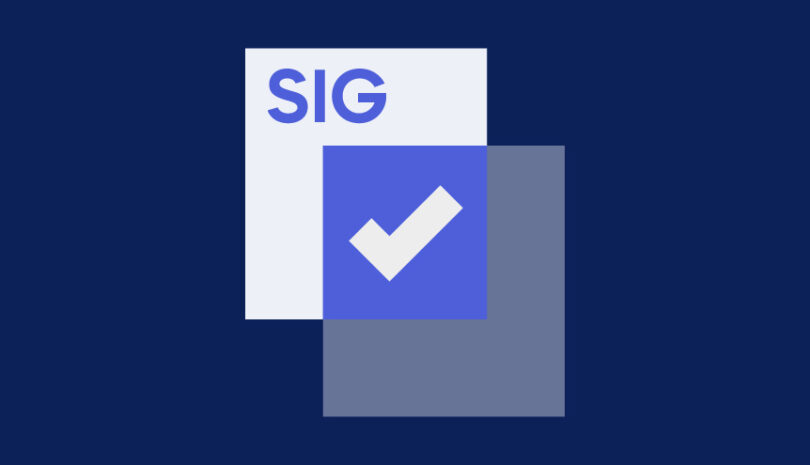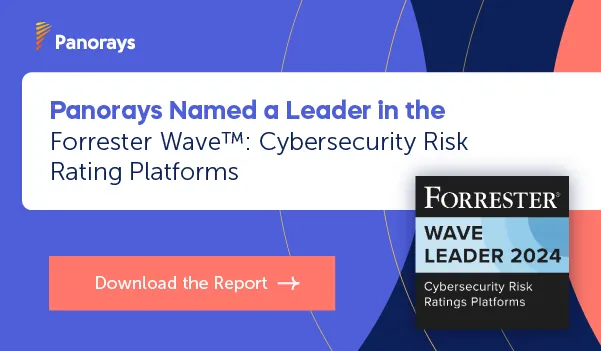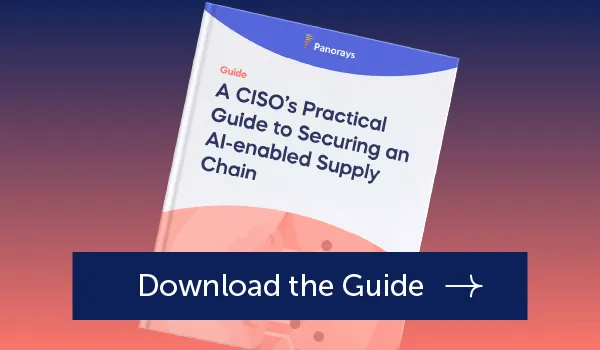According to Trend Micro, almost half of IT leaders and only 38% of executives believe that the C-suite understands cyber risks. Maybe it’s because managing cyber risk and performing a risk assessment is fairly complex. Maybe it’s because the C-suite has other priorities. Or maybe it’s because the IT, executives and security leaders have a tough time communicating the seriousness of cyber risk and how it relates to the business objectives of the organization.
But what if organizations could measure risk by stating it in monetary terms? This is the goal of cyber risk quantification.
What Is Risk Quantification?
Cyber risk quantification is the process of measuring cyber risk in monetary terms. It allows your organization to prioritize risks according to their financial impact, understand which resources to invest in your cybersecurity program and calculate ROI. Organizations need to be fully aware of the potential risks they face if they were to be targeted by a cyberattack. Security teams and risk management leaders rely on cyber risk quantification to communicate risk to upper management and justify their cybersecurity budgets.
Why Should You Quantify Cyber Risk?
By quantifying cyber risk, your organization facilitates a discussion of risk between the management team, security professionals and business leaders using a common risk language. Together the different departments can collaborate on finding answers to questions such as:
- How at risk is our organization?
- How effective are our security investments?
- Are we allocating the appropriate amount of cybersecurity investments in the right places?
Here are a few additional reasons:
1) Attack surfaces continue to expand
The adoption of AI, remote and hybrid work environments, IoT and migration to cloud services all produce more entry points for attackers to gain unauthorized access to networks and sensitive data. A more accurate method of quantifying cyber risk can help organizations stay ahead of the threat landscape by better understanding its risk impact and potential security issues.
2) Cybersecurity budgets and resources are finite
Organizations need to be able to prioritize risk and know which security controls offer the most benefit for their cybersecurity investments. Only after translating each risk into monetary terms and calculating how much the different security controls cost can an organization better understand where to put its security investments.
3) Cyberattacks are becoming more sophisticated and damaging
Not only did global cyberattacks rise by 7% in Q1 of 2023 compared to the same period the year before, but the costs of a data breach are expected to reach $5 million by 2025, an increase of 15% from 2022. Phishing attacks, for example, have evolved to include spear phishing, whaling and email impersonation methods for attacks. Taking into account these statistics, cyber risk quantification is an effective way for businesses to improve their cyber security posture while also offering a competitive advantage for businesses to reduce risk.
4) Meet evolving regulatory standards and regulations
The U.S. Securities and Exchange Commission’s latest requirements for organizations to address security risk demand that organizational boards and business leaders not only understand cyber risk from a technical perspective but also in terms of cyber risk exposure. Being able to quantify risk with a dollar value will be crucial.
What is the Factor Analysis of Information Risk (FAIR) Model?
The Fair Analysis of Information Risk (FAIR) is a globally recognized risk quantification model developed by over 500 organizations to define and quantify cyber risk. It is regarded as the most comprehensive framework for measuring cyber risk management. According to FAIR, risk is defined as “the probable frequency and probable magnitude of future loss” associated with a specific event. More specifically, risk can only be determined if the asset, threat and the effect of the threat and its impact are measured as well.
Unlike other risk assessment frameworks such as NIST, ISO, OCTAVA and ISACA, the FAIR model guides organizations in more accurately analyzing risk scenarios. The FAIR model can also be applied to operational risk.
What are the Benefits of Cyber Risk Quantification?
The advantages of cyber risk quantification extend beyond minimizing security risk exposure to gaining greater customer trust and reliability and impacting your organization’s security investments.
Other benefits include:
- Understanding the business impact. When security teams can use a risk quantification tool to generate reports and explain risk in monetary terms, it is easier to get buy-in from the board and management team to support security investments.
- Helping organizations make better decisions. When you can measure the cybersecurity posture of your organization in financial terms, you won’t waste time on risk reduction that doesn’t justify business objectives.
- Providing more accurate risk assessment. Many risk quantification tools on the market today use labels such as “high, medium and low” to quantify cyber risk. But these labels are more qualitative, using subjective terms that may be inaccurate. One person may believe that a 60% probability of an attack is “high” while another might consider it “medium.”
- Measuring the effectiveness of risk mitigation strategies. You can measure your risk exposure against specific security controls and understand how it helps your organization reduce risk. If it’s too high, you can try a different control instead.
What are the Challenges of Quantifying Cyber Risk?
Since it’s a globally recognized framework, using the FAIR model helps organizations who want to quantify their cyber risk. Still, hurdles remain. Evolving threats, complex IT systems and difficulty in measuring the value of assets are just a few factors contributing to these challenges.
Additional challenges include:
- Linking risk analysis to business goals. According to Gartner, more than half of security teams and risk management leaders struggle to drive action, whether that is lowering costs, implementing better security or adding strategic value to decision-making.
- Confusing numeric approaches with quantitative ones. Assigning a number to cyber risk is no more beneficial than labeling them as “green, red and yellow.” Numbers need to represent quantities such as frequency, probability, financial loss and expected loss. This is the type of information organizations need to make better choices in their risk management programs.
- Assessing risk accurately. Collecting data about the latest threats can be particularly difficult for organizations because little data exists. It can also be challenging to predict the impact complex cyber threats have on an organization. In addition, there is no standardization when it comes to quantifying risk, making it difficult to compare risk quantification between organizations, similar types of threats, or develop industry benchmarks.
What You Need to Know
Cybersecurity risk quantification (CRQ) is an approach to cyber risk management that assigns a dollar value to cyber risks. It helps organizations understand the impact of cyber risk, whether reputational costs or financial impact. They can then decide how much risk and risk exposure their organization is able to face.
While NIST, OCTAVA, ISACA and CRAMM all offer different approaches to measuring risk, the FAIR model is a globally recognized model that measures risk by taking into account the value of an asset, the likelihood of an attack, the capability of a threat actor and the effectiveness of security controls.
CRQ is the process of quantifying security risk and translating it into monetary terms. It helps organizations communicate the business value of cyber risk to the C-level executives and the board and understand the need for additional security investments. It also helps organizations make better business decisions and more accurately measure their risk assessments.
Panorays lets you manage your third-party risks, identify any security gaps while also providing remediation plans to mitigate risks. Panorays’ automated platform uses a variety of techniques to determine where your vendors stand in terms of security posture. With fast bottom-line risk ratings, you can assess your digital supply chain and identify vulnerabilities that could cause a breach. By staying informed of any vulnerabilities, along with remediation suggestions, Panorays lets you stay ahead of third-party risks and seamlessly achieve compliance across your organization.
Managing Third-Party Cyber Risks With Panorays
Panorays lets you manage your third-party risks, and identify any security gaps while also providing remediation plans to mitigate risks. Panorays’ automated platform uses a variety of techniques to determine where your vendors stand in terms of security posture. With fast bottom-line risk ratings, you can assess your digital supply chain and identify vulnerabilities that could cause a breach. By staying informed of any vulnerabilities, along with remediation suggestions, Panorays lets you stay ahead of third-party risks and seamlessly achieve compliance across your organization.
Get started with a Free Account today and build cybersecurity trust with your third parties.

